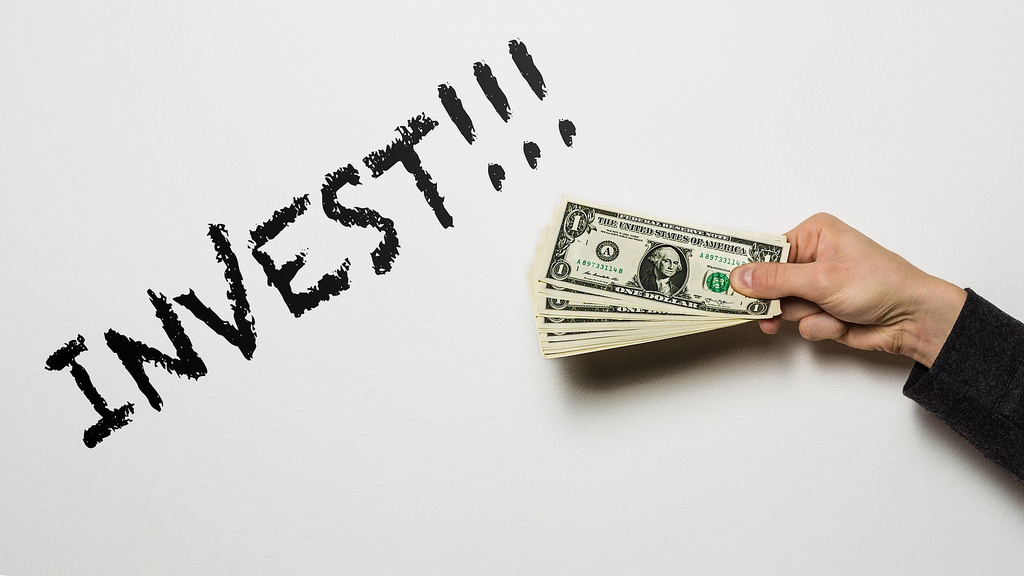
If you were to invest in Microsoft just before they came to be the forerunners of the technological evolution, that would be seen as a good investment. The money or assets you committed to the company will have increased in value, as the company’s value increased.
On the other hand, if you invested a lot of money into the sale of pumpkins at the beginning of November. This would probably turn out to be a bad investment, seeing as everyone buys pumpkins in late October because of Halloween.
The advantage of investing is that it enables you to work less for more money. If you have the knowledge to allow you to make a substantial amount of money from one financial movement, you probably won’t need to work as hard throughout the year.
What are the different types of investing?
There are 2 main types of investing:
Stock
Companies sell stock in return for a stake in the wellbeing and financial progression of the company as it grows. Stockholders also are able to have a say in decisions and movements in the business. The stock’s value is completely dependent on the performance of the company.
Bonds
Buying bonds is essentially lending money to a corporate entity, city, state or nation. They are made for a fixed amount of time and interest payments are made to the bondholder. These payments are usually agreed upon before the bond issuing happens.
Bonds are usually seen as a safer investment than stock because they are seen to provide a steady flow of income. Though with stability comes a decreasing of value over time, so bonds are usually a smaller return than stock.
There are a number of other investments that you can make, but they get a lot more complex when you move past these two entities, so maybe we’ll focus on those another time.
Mutual funds
Mutual funds are really popular of investing in stocks and/or bonds.
Mutual funds are basically a group of people putting their trust into one particular financial venture, clubbing their money together and making managed and calculated investment moves. This is a popular method of investment as you are not sitting there on your own liable to feel all the losses and the wins.
They are great for investors that are just beginning, and you can find more information about them in our mutual fund’s article .
Property investment
Another really popular method of investment is property. This one is a bit easier to explain. Let us give you an example.
You buy a rundown house in the middle of nowhere for $10,000. It’s not the nicest house ever but you promise you are going to fix it up and make a perfect little house. You make a whole lot of renovations and improvements that cost you another $10,000. During your renovations, the house that you bought has a few transport connections built around its general area, and a few shops too. The local authorities have targeted a nearby area as a special interest in terms of building a new community.
All of a sudden, the house that you spent a collective amount of $20,000 on is now being valued at $120,000. If you manage to sell the house at this price, you could look at the whole journey as a $20,000 investment resulting in a $100,000 return.
A lot of people like to invest in property as it is a bit easier to follow and chart the progress of than stocks and bonds.
Rules for investing
Here are a few little rules to help you get started off in a simple way.
- Don’t panic – Just because the financial market sees a bit of a slump at some point, doesn’t mean that you should jump off a cliff. Sometimes it takes a dip for certain assets to become worth more than usual. The financial markets are complex and unpredictable.
- Know your market – Don’t get involved with something you know very little about. You shouldn’t need me to tell you that it will never end well. Do a bit of research into the sector you like the look of. You may find that it’s not the right choice at all.
- It’s a long game – It takes years and years for some investments to come good and actually make a profit. This process requires a lot of patience, so sit back and stay focused.
Disclaimer: Our service is not intended to be, nor should it be construed as financial advice. We help our readers make informed decisions via impartial information and guides. Where appropriate, we may introduce partner companies who can provide services relating to financial products.